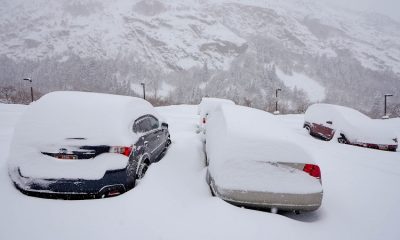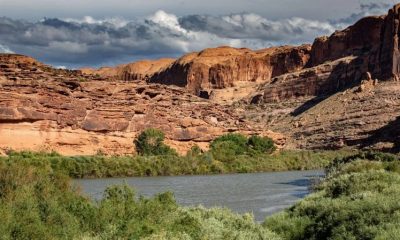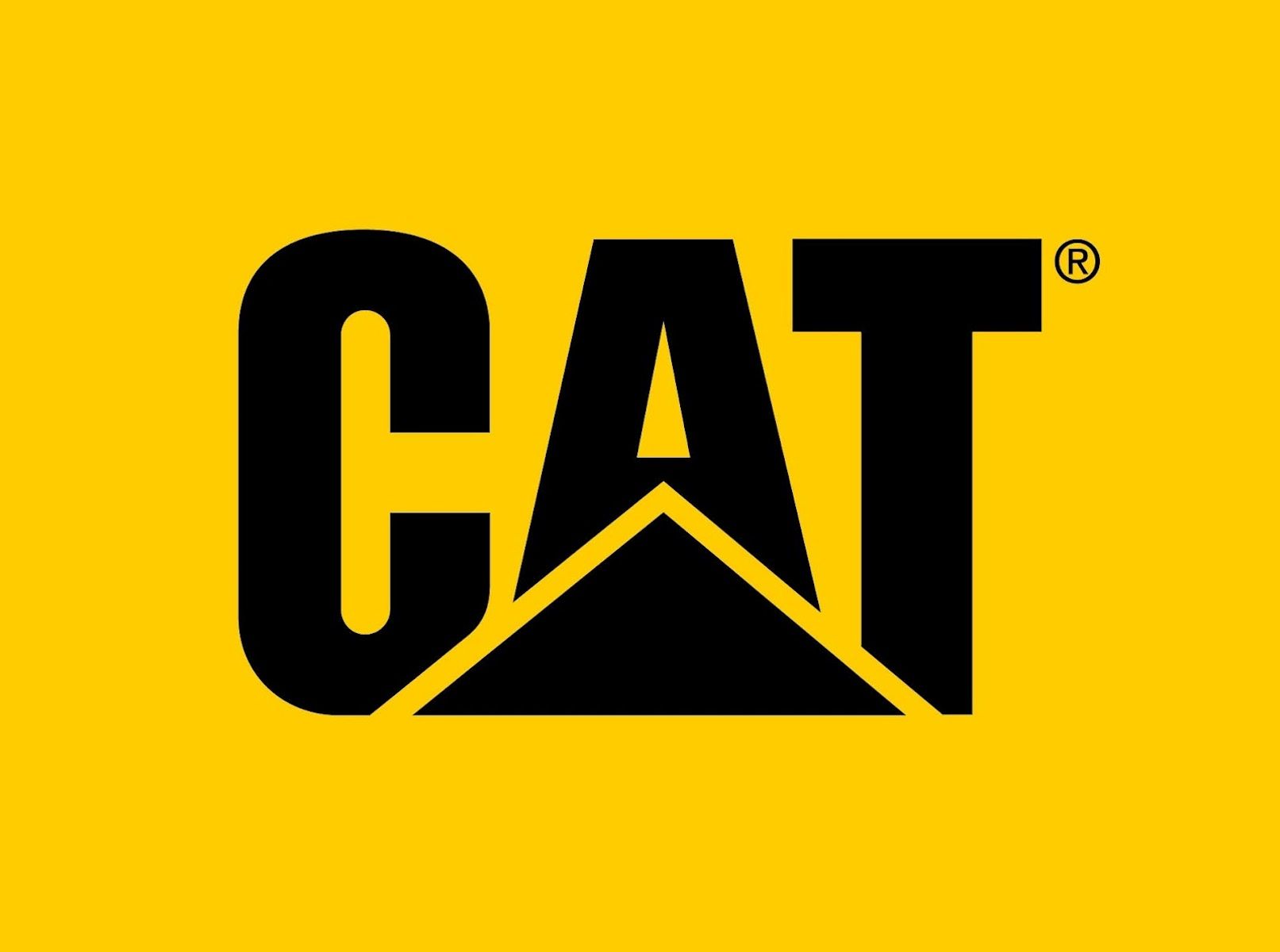Local News
Great Salt Lake at near-record low level

Salt Lake City, Utah — According to officials, high temperatures and reduced snowpacks have moved the Great Salt Lake closer to reaching its lowest water level in history.
Officials say the lake currently sits just above 4,191.35 feet, which is the previous low recorded in 1963.
“As the Great Salt Lake nears a new recorded historic low, it’s a sobering reminder of the heavy impact this extreme drought is having on Utah as it has accelerated lake levels to this unprecedented point,” said Gov. Spencer Cox.
However, the Utah Rivers Council, a non-profit that looks to protect Utah’s watersheds, claims the lake has already reached a record low at 4190.8 feet, a level refuted by state officials.
“Reports that the Great Salt Lake has dropped below its historic low elevation of 4,191.35 are premature,” said Brian Steed, Director of Utah’s Department of Natural Resources, who added that the lake is expected to set a record low in “the coming days.”
Steed says conditions such as wind, inflow, and evaporation can cause the lake’s elevation to fluctuate, sometimes to extremes. The DNR records lake levels with daily averages instead of every 15 minutes, providing them with what they say is a more accurate reading.
According to the Utah Rivers Council, scientists believe increasing air temperatures will continue to reduce snowpacks, which will drop inflows to the lake up to 40% by 2080.
The drought report issued by the Utah Department of Natural Resources shows that temperatures were 5.6 degrees Fahrenheit above average across the state last week and that 98% of Utah is experiencing “extreme or “exceptional” drought conditions.
Along with the Great Salt Lake, 73% of the state’s streams are below normal, with seven flowing at their lowest levels ever.
“As a state and as policy leaders, it’s necessary to continue our work together to find solutions that balance Utah’s growth and water needs with the importance of maintaining a healthy and sustainable Great Salt Lake,” said Cox.
-

 Utah2 weeks ago
Utah2 weeks agoFollowing a deadly hit-and-run incident on I-15, a Santaquin police officer was identified
-

 Local News5 days ago
Local News5 days agoThe community is still fighting to keep the theater in West Valley City working
-

 Local News2 weeks ago
Local News2 weeks agoTransgender activists flood Utah tip line with hoax reports to block bathroom law enforcement
-

 Local News2 weeks ago
Local News2 weeks agoHow much snow did Utah got during the May storm?
-

 Local News4 days ago
Local News4 days agoPositive outlook on Colorado River negotiations among Utah leaders
-

 Local News2 weeks ago
Local News2 weeks agoThe entertainment district plan has received input from the Utah Taxpayer’s Association
-
Local News1 week ago
Crews face challenges getting to scene where two skiers died in late-season avalanche
-

 Utah1 week ago
Utah1 week agoA man from Riverdale brings Disneyland magic to a basement in Utah







Leave a Reply